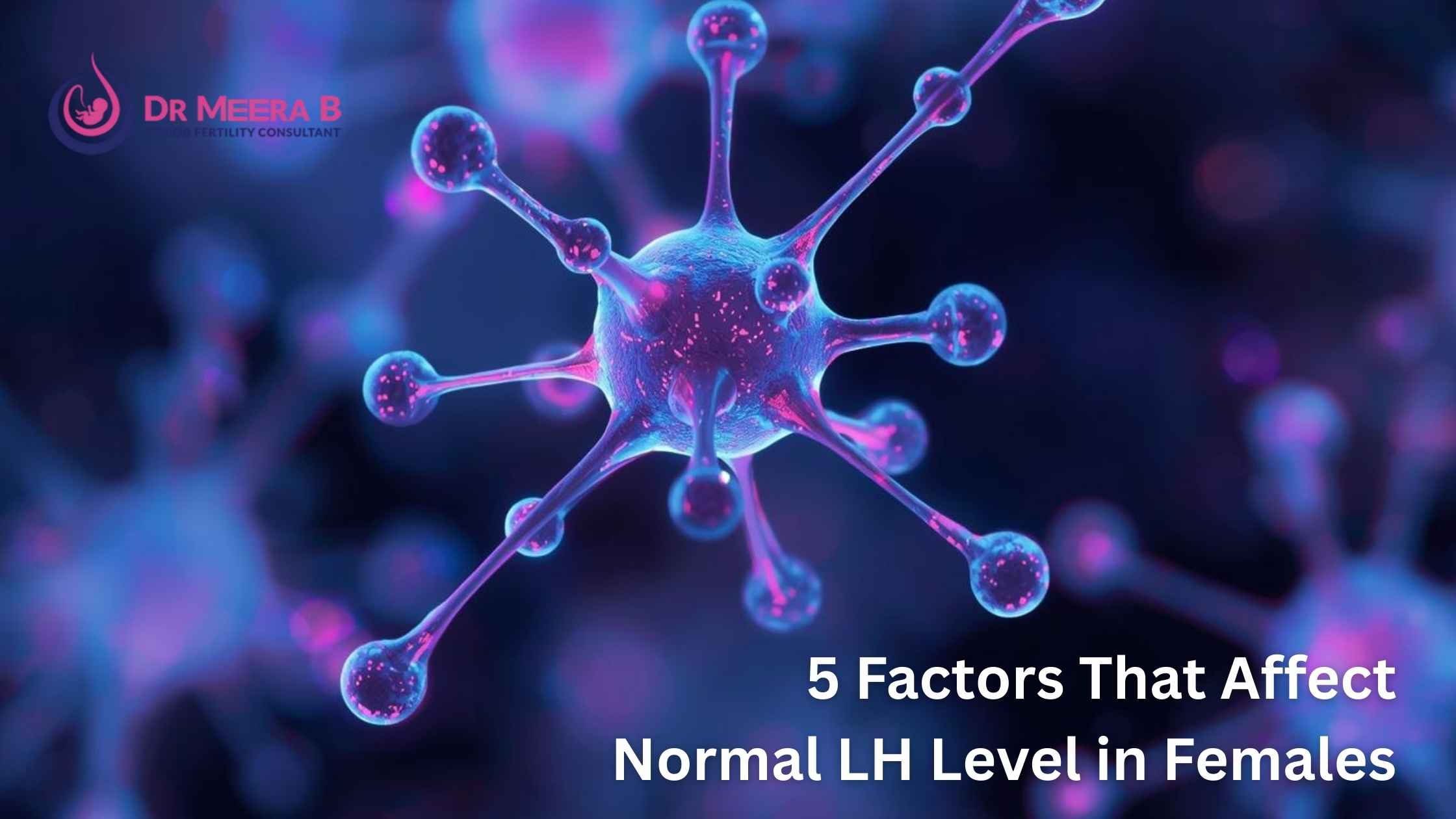What is LH and why does it matter now?
LH (luteinizing hormone) is produced by your pituitary gland. In the mid-cycle window, a rapid LH rise—often called the LH surge—triggers ovulation. Without a timely LH signal, ovulation may be delayed or not occur, making it harder to conceive or to predict your fertile window. Because many women search for a single “normal,” it helps to remember that LH normal levels in females are phase-specific. During your follicular days LH is modest; it then spikes before ovulation and eases again in the luteal phase. Interpreting that pattern correctly, not one number in isolation, is what guides smart decision-making for fertility and menstrual wellness.What is the normal level of LH in females across life stages?
There isn’t a single fixed “normal”—context matters. Still, clinicians use practical reference bands to interpret results by life stage and cycle phase. The comparison table below summarizes commonly cited intervals used in practice to guide discussions (your lab’s printed range may vary slightly by method and assay).| Life stage / context | Typical LH interval (mIU/mL) | What it usually means |
|---|---|---|
| Reproductive years – Follicular phase | ~1.5–15 | Baseline pituitary output preparing follicles; part of the LH normal range for female physiology. |
| Reproductive years – Mid-cycle (surge) | ~20–60+ (brief peak) | Pre-ovulatory spike that triggers egg release; ovulation typically follows within about 24–36 hours. |
| Reproductive years – Luteal phase | ~0.5–16 | Post-ovulation stabilization as progesterone rises. |
| Pregnancy | ~0–1.5 | LH is largely suppressed by pregnancy hormones and is not used to monitor pregnancy viability. |
| Perimenopause & menopause | ~13–52 (often higher than reproductive baseline) | Ovarian reserve declines, feedback changes, and gonadotropins (LH/FSH) rise. |
How to read results so they match your question
- Match to cycle day: A day-10 reading belongs to the follicular phase; a day-14 spike may reflect the surge.
- Pair with symptoms or scans: Mid-cycle pain, ultrasound follicle size, and progesterone after ovulation complete the picture.
- Consider companion hormones: FSH, estradiol, AMH, prolactin, thyroid profile, insulin metrics (if PCOS is suspected).
- Think patterns, not snapshots: Trending values across two or three cycles often tells the story better.
The five high-impact factors that shift normal LH value
1) Age and ovarian reserve
From adolescence into the late 20s and early 30s, the hypothalamic-pituitary-ovarian (HPO) axis runs with predictable rhythm. With advancing age, ovarian reserve declines and the HPO feedback loop adapts, which can alter the LH profile: follicular LH may creep, surges may be less pronounced or variably timed, and luteal stability can change. These changes interplay with egg quality, making precise timing and tailored strategies essential.2) PCOS and the LH:FSH ratio
Polycystic ovary syndrome can elevate baseline LH relative to FSH in some women, causing anovulation or irregular ovulation. That is why women with PCOS might see multiple “mini-surges” or persistently higher follicular LH. Individual variation is the norm—PCOS is a spectrum—and personalization avoids over- or under-treatment. If you suspect PCOS, asking about cycle regularity, acne/hirsutism, and metabolic health helps frame next steps at Dr. Meera B’s place of practice.3) Stress, sleep, and training load
Stress hormones can blunt the GnRH pulses that cue LH release. Underslept weeks, double shifts, heavy travel, or aggressive workouts may nudge the normal level of LH in females downward at the wrong moment—or fragment surges. Restoring sleep regularity, right-sizing training, and using brief relaxation techniques can reset the system more than many realize.4) Coexisting conditions and medications
Thyroid dysfunction, hyperprolactinemia, pituitary disorders, and certain medications (including some contraceptives or GnRH analogs) can suppress or distort LH. That is why a broader hormone panel and complete drug history support accurate interpretation—particularly before ovulation induction, IUI, or IVF planning.5) Weight, insulin sensitivity, and nutrition
Under-nutrition suppresses LH pulsatility; adiposity and insulin resistance (often in PCOS) can elevate and dysregulate LH dynamics. A nutrition-first plan—adequate protein, fiber, micronutrients, and smart glycemic control—plus movement you enjoy can normalize signaling. Sustainable changes tend to beat “perfect” diets over the long run.Why timing matters: from data point to decision
- Trying to conceive: The LH surge narrows the fertile window; ovulation typically follows soon after, guiding home timing or clinic scheduling.
- Cycle irregularity: Mapping LH across months can show whether you are ovulating and how predictably.
- Treatment selection: Baseline values and surge behavior influence whether a natural-cycle approach, ovulation induction, or IVF support is most efficient.
Where do the “ranges” fit common search phrases?
Many readers type phrases such as LH normal range for female, LH normal levels in females, or normal LH value. These phrases all point to the same idea: interpret LH by life stage and cycle phase, not a single cut-off. The earlier table is a practical reference to anchor those searches in reality.What to expect at your first consultation with Dr. Meera B
- History and goals: Cycle length, symptoms, prior testing, and your timeline.
- Targeted testing: LH with cycle mapping, FSH/estradiol, AMH, thyroid, prolactin; ultrasound if indicated.
- Plan options: Natural conception optimization, ovulation induction (letrozole/clomiphene), IUI timing, or IVF pathways—sequenced to your data.
- Supportive care: Nutrition, sleep, stress strategies, and metabolic optimization to improve egg quality and implantation conditions.
Take action now—your next best step
- Submit the form at drmeerab.com/contact
- Or call +91 9447145101
- Or send a WhatsApp message using the interface on the website
Glossary to connect search terms with your report
- normal LH level in female: umbrella phrase for phase-matched interpretation of LH in women.
- LH normal levels in females: the same concept, emphasizing population-based intervals.
- LH normal range for female: typical intervals used by many labs to interpret follicular, surge, and luteal windows.
- normal level of LH in females: an alternative phrasing pointing to the need for cycle context.
- normal LH value: a single reading that must be matched to cycle day to be meaningful.


Comments are closed